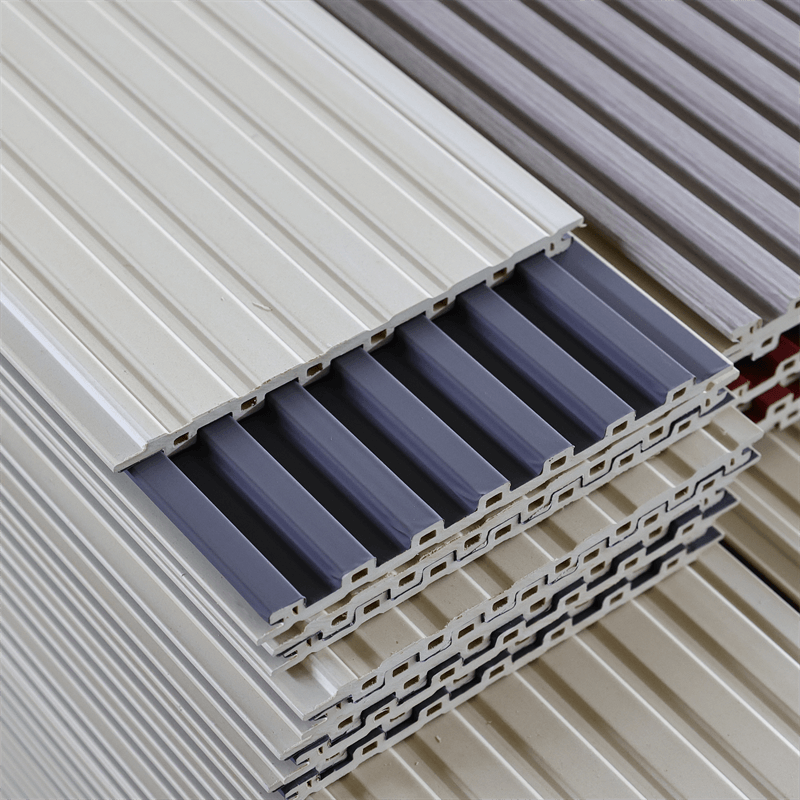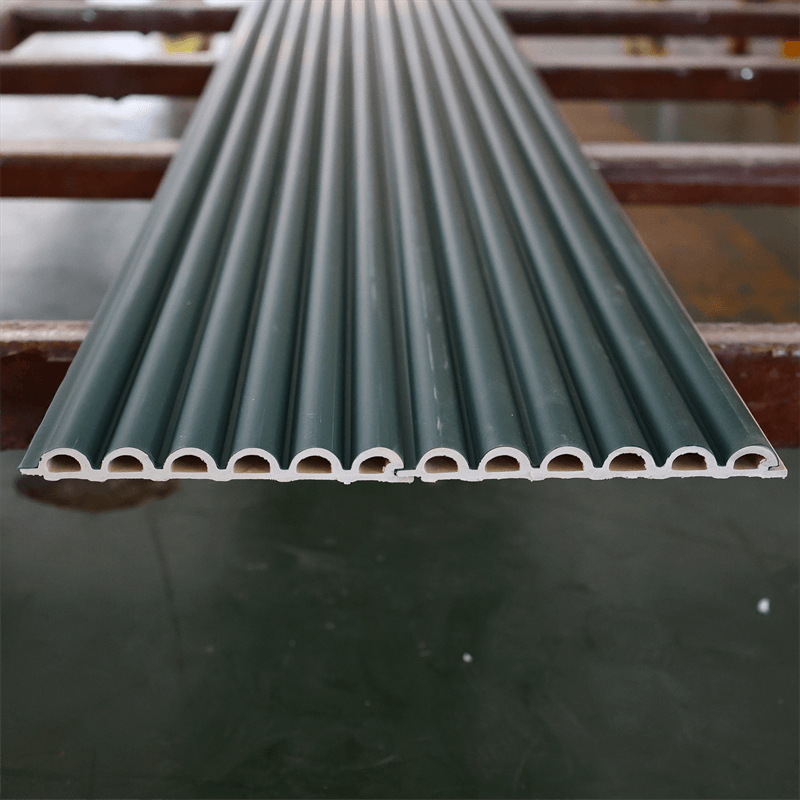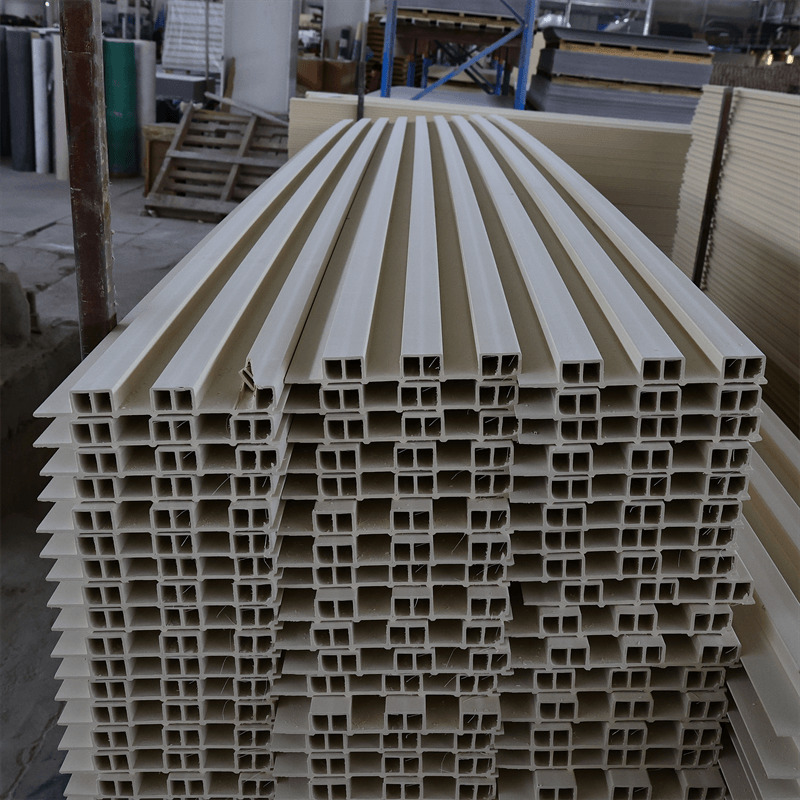
Wood Plastic Composite (WPC) has revolutionized the construction and home improvement industry,
offering a sustainable and versatile alternative to traditional materials.
As the demand for WPC products grows, consumers and builders may wonder about the factors that influence WPC pricing.
Demystifying WPC price involves a comprehensive cost analysis and understanding the various benefits that this innovative material brings to the table.
In this article, we will delve into the cost analysis of WPC and explore the benefits that make it an attractive choice for modern construction and design.
WPC Price Analysis: Understanding the Cost Components
The pricing of WPC products is influenced by several key components that contribute to the overall cost. These components include:
Raw Material Costs: The primary components of WPC are wood fibers or flour and thermoplastic resins.
The cost of sourcing high-quality wood fibers or flour from sustainably managed forests and premium-grade thermoplastic resins can impact the final price of WPC products.
Manufacturing Process: Advanced production techniques and technologies may result in higher manufacturing costs, which can be reflected in the pricing of WPC products.
The use of additives and enhancements, such as UV stabilizers and fire retardants, may also contribute to the overall cost.
Quality and Performance: Higher-quality WPC products with better performance attributes, such as improved resistance to moisture and UV rays, tend to come at a higher price point.
Aesthetic Appeal: WPC products with customized designs, colors, textures, and embossed patterns may command a premium due to their enhanced aesthetic appeal.
Application and Design: WPC products designed for specific applications, such as heavy-duty outdoor decking, may be priced differently based on their durability and weather resistance.
By understanding these cost components, consumers can make informed decisions and evaluate the value of WPC products based on their individual needs and budget.

The Benefits of WPC: Value Beyond Price
While the pricing of WPC products is an important consideration, it is essential to also explore the various benefits that make WPC a valuable investment:
Sustainability: WPC is an eco-friendly material that reduces the demand for traditional wood resources.
By using recycled wood fibers and eco-friendly thermoplastic resins, WPC helps in conserving natural resources and reducing environmental impact.
Durability: WPC offers superior durability and resistance to moisture, decay, and pests compared to traditional wood.
This translates to a longer lifespan and reduced maintenance costs over time.
Versatility: WPC is available in a wide range of applications, from decking and cladding to furniture and flooring.
Its versatility makes it suitable for various construction and design projects.
Low Maintenance: WPC requires minimal maintenance, eliminating the need for frequent staining, sealing, or painting.
This not only saves time and effort but also reduces long-term maintenance costs.
Aesthetic Appeal: WPC maintains the natural look and feel of wood, providing a warm and inviting ambiance.
With various design options, WPC products can enhance the visual appeal of any space.
Eco-Conscious Design: Choosing WPC aligns with sustainable building practices, contributing to green building certifications and eco-conscious design initiatives.
Making an Informed Decision: Balancing Price and Benefits
When considering WPC products, it is essential to strike a balance between price and the numerous benefits it offers.
Here are some tips for making an informed decision:
Budget Considerations: Determine a budget for your project and look for WPC products that fit within your financial constraints.
Be mindful of any additional costs, such as installation and delivery fees.
Research and Compare: Take the time to research and compare various WPC products available in the market.
Look for product specifications, customer reviews, and warranties to assess the quality and performance of the products.
Performance Requirements: Consider the specific application and performance requirements of the WPC product.
Select products that offer the desired resistance to moisture, UV rays, and wear for your intended use.
Long-Term Savings: Investing in higher-quality WPC products with superior durability may result in long-term cost savings, as they will require less frequent replacement or maintenance.
Environmental Impact: Choose WPC products made from responsibly sourced wood and eco-friendly resins to support sustainable and eco-conscious building practices.
Customization Options: Explore the design options and customization features offered by different WPC products to find the best fit for your design vision.

Embracing the Benefits of WPC: A Wise Choice for Modern Projects
As the construction industry embraces sustainability and eco-conscious design, WPC emerges as a wise choice for modern projects.
While WPC pricing is influenced by various factors, the benefits it offers extend beyond the price tag.
From its eco-friendly nature and durability to its aesthetic appeal and low maintenance requirements,
WPC provides a winning combination that adds value to any construction or home improvement project.
By understanding the cost analysis and benefits of WPC,
consumers and builders can make informed decisions that align with their budget, design vision, and sustainability goals.
As the demand for WPC continues to grow, its place in modern construction and design remains secure,
offering a promising future for green building practices and environmentally conscious projects.
In conclusion, demystifying WPC price involves a comprehensive understanding of the cost components and the various benefits that this innovative material brings to the table.
While the pricing of WPC products is influenced by factors such as raw material costs, manufacturing processes,
and quality, it is essential to consider the value that WPC offers beyond its price.
WPC is a sustainable and eco-friendly material that reduces the demand for traditional wood resources,
contributing to a greener and more environmentally conscious construction industry.
Its superior durability and resistance to moisture, decay, and pests result in a longer lifespan and reduced maintenance costs over time.
WPC’s versatility makes it suitable for various applications, from decking and cladding to furniture and flooring, allowing for creativity and flexibility in design.
Furthermore, WPC’s low maintenance requirements save both time and effort, making it an attractive option for busy homeowners and commercial properties alike.
Its ability to maintain the natural look and feel of wood enhances the aesthetic appeal of any space, creating a warm and inviting ambiance.
By balancing price considerations with the numerous benefits of WPC,
consumers and builders can make informed decisions that align with their budget, design vision, and sustainability goals.
Researching and comparing various WPC products available in the market will help in finding the best value for the investment.
As the construction industry increasingly emphasizes sustainability and eco-conscious design, WPC remains at the forefront of modern projects.
Its eco-friendly attributes, durability, and aesthetic appeal make it a valuable choice for green building practices and environmentally conscious projects.
In conclusion, WPC is not just a cost-effective solution but also a smart investment that offers long-term benefits for both the environment and the project itself.
Embracing the advantages of WPC allows consumers and builders to create beautiful and sustainable spaces that stand the test of time,
contributing to a brighter and more eco-friendly future for the construction industry.
